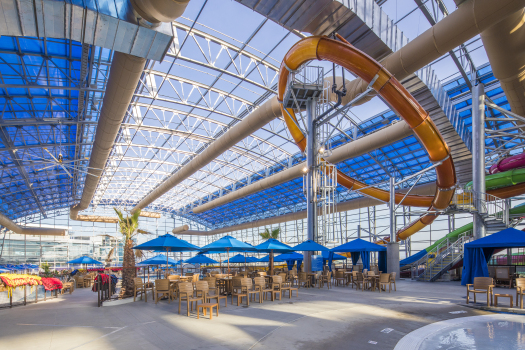Hotel News Now has an interesting article highlighting a panel at the Hunter Hotel Conference that addressed the unique challenges extended-stay hotels face in today’s markets. These comments were made during the “Here to (extended) stay” panel by representatives from Extended Stay America and the Lodging Advisory Group. The panel discussed breakfast as a risk to the extended stay business model as well as perceived bias as barriers to development.
Published by: Dan Kubacki/Hotel News Now
Published date: April 2019
The hotel industry’s rising tide lifts all boats, especially those manned by extended-stay brands and operators.
During the “Here to (extended) stay” panel at the Hunter Hotel Conference, panelists discussed the perks of working in a segment in which total room inventory occupies just 9% of the total U.S. hotel inventory and benefits from strong performance fundamentals. Extended-stay demand growth continued to outpace supply growth by 0.4 percentage points in 2018, which yielded $13.3 billion in room revenue for the year, according to numbers presented by Mark Skinner, partner at The Highland Group.
“I really do think a lot of people got frightened that debt was potentially heading one way—certainly that spoke to some of the post-2018 comments from the Fed—but I think that’s now backed off a bit,” Alderman said. “And construction costs in some markets, they’re escalating 2% to 2.5% in a month.”But the strength of the segment doesn’t alleviate the stressors caused by rising costs that are seen industrywide. Jim Alderman, chief development officer and EVP of Extended Stay America, said the anxiety at the possibility the cycle could end persisted throughout 2018.
Dan Weber, co-founder and CEO of Lodging Advisory Group—which bought 16 Extended Stay America hotels in November 2018—said the entitlement process has gotten longer in primary and secondary markets.
“When you look at building in a real tertiary market, you might have a six-month leg, you can get it open in a year and a half,” said Weber, who is the former CEO of Value Place Hotels. “There’s a wad of announcements out there for growth, but some of these projects are two years in the making. And they might never get approved or entitled when you focus on the mid-level and below.”
While there’s been some break in lumber prices, it hasn’t been enough to decrease the cost of building, Weber added.
“You look at spending $100,000 per key for a product that typically has been more $60,000 to $70,000 a key when you just go back three to four years ago,” he said. “You’ve really got to be confident that you’re going to continue to grow that (revenue per available room), which continues to creep up. I think some people are positive in saying when you get up to (average daily rates) that are pushing $100, can you back off to a residential guest if the economy has some issues, so I think definitely some people are more positive at looking at the whole picture.”
Extended-stay brands like Extended Stay America and WoodSpring Suites continue to innovate with the launch of new prototypes, and Alderman said it was a challenge to design something completely new without making it unaffordable for franchisees.
“It was tough to do and keep your eye on the overall cost as well,” he said. “Anything you want to introduce (must be) a useful feature, meaning a feature that is something the guest will appreciate and value and better yet pay for. There’s not a lot new to introduce into this segment; it’s just very hard to keep an eye on costs and work a prototype that way.”
To read the rest of the article at Hotel News Now, click here.


